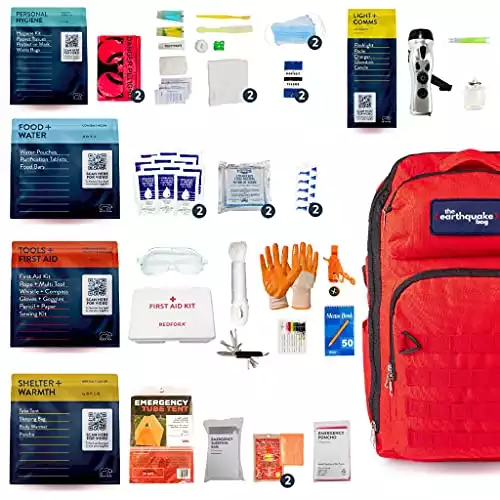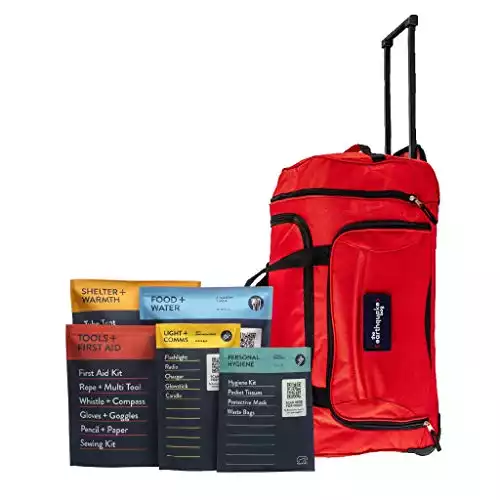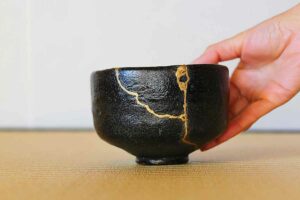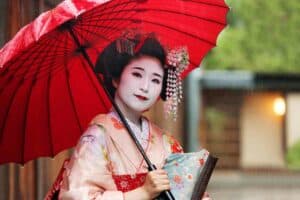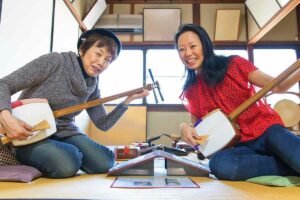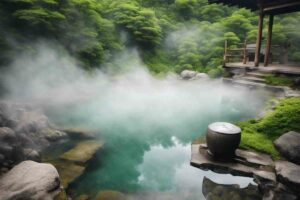Situated geographically, in alignment with the Pacific Ring of Fire, the Land of the Rising Sun boasts more than two-hundred and fifty volcanoes.
Being in close proximity to such seismic activity, means that Japan has the highest numbers of recorded earthquakes on Earth.
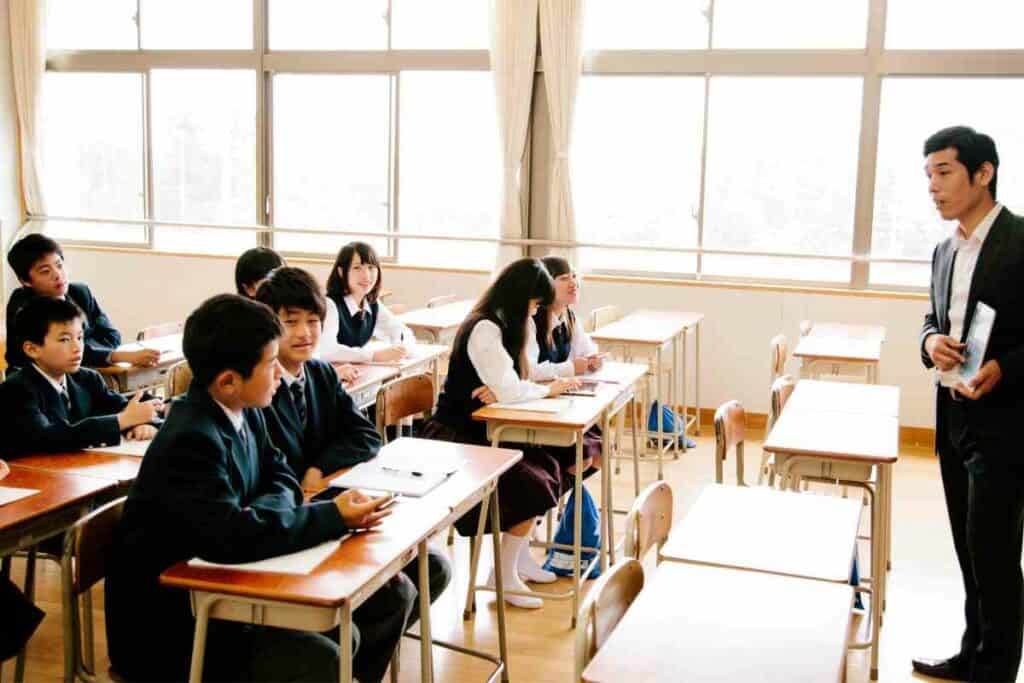
Activity is even tracked, in real time, online, and early warning alarms are used throughout the islands.
This being the case, Japanese schools are obliged to train children, even drill them regularly, in safety procedures.
What to Expect? This article will look at the general steps that schoolchildren in Japan take in the event of an earthquake.
Table of Contents
Emergency Procedures in Japanese Schools
A devastating earthquake hit Tohoku, Japan in 2011, leaving almost twenty-thousand dead and more than two-thousand missing.
The Okawa elementary school in Ishinomaki City, has since been transformed into a memorial site.
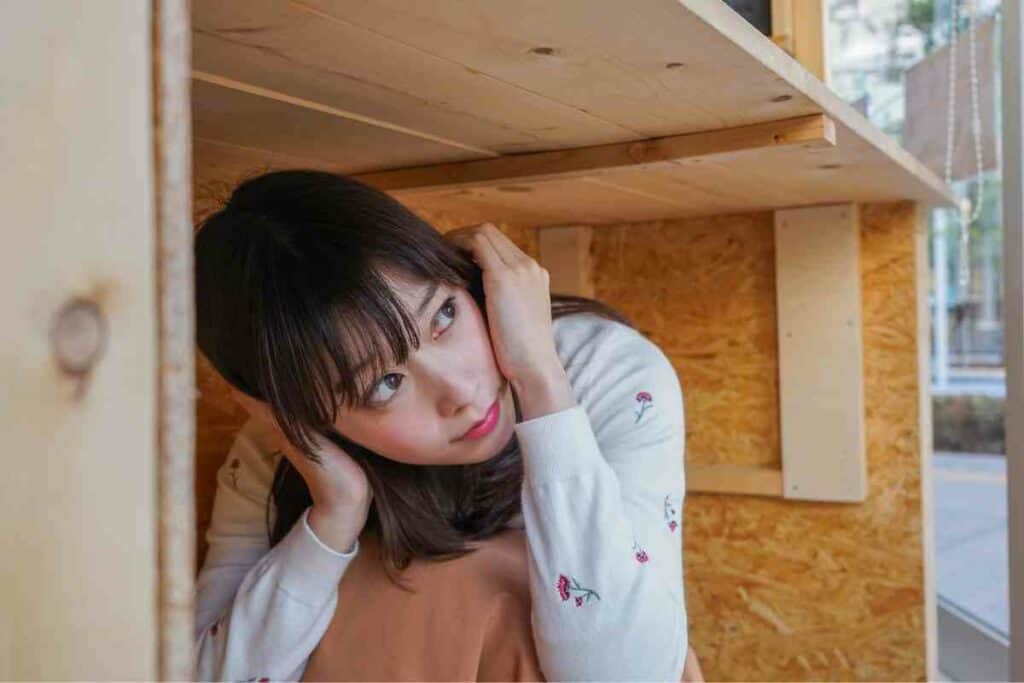
Having been victim of the resulting tsunami, the school lost ten teaching staff and seventy-four pupils, who were reportedly instructed to take cover within the building.
Knowing that they might have had more of a chance reaching higher terrain, procedures are now much tighter in Japanese schools.
|
4.7
|
4.5
|
|
$165.00
|
$250.00
|
The Public Hazards Map
Evacuation procedures are commonplace, in schools, colleges, and workplaces across the archipelago.
But so frequent are these natural disasters, that the advantages of a technological age are employed to aid prevention. There is even an online public hazards mapping system, which can be accessed from your smartphone.
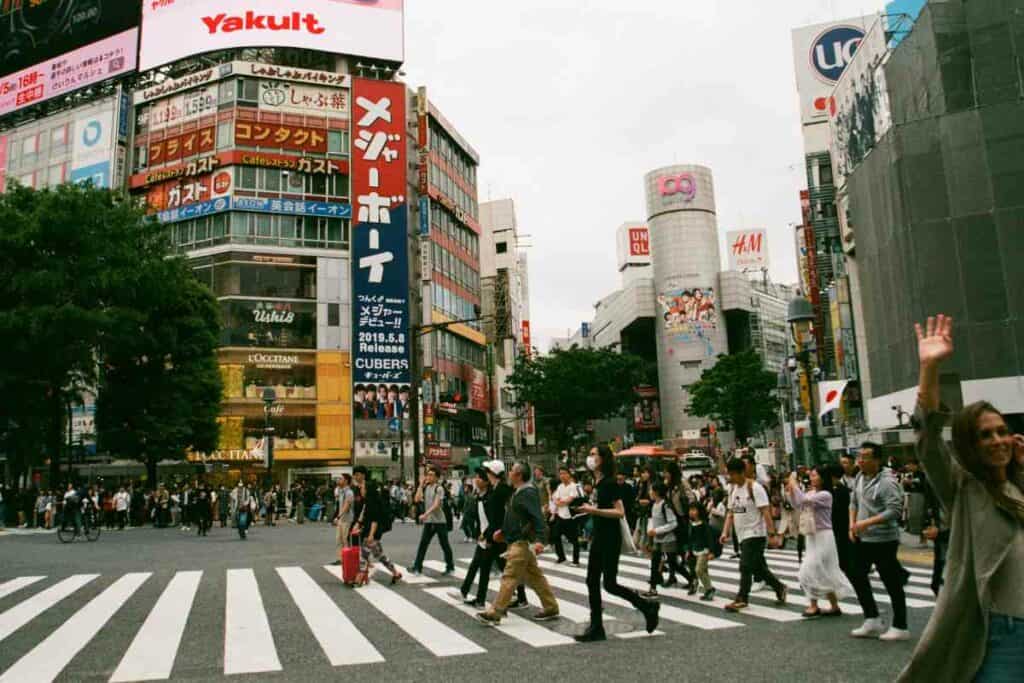
This smart system goes as far as to simulate earthquake and tsunami activity, demonstrating what might happen in such events, and highlighting the safest places to go.
If you ever visit Japan, remember to bookmark the website.
What are children in schools taught?
This very much depends on where you go.
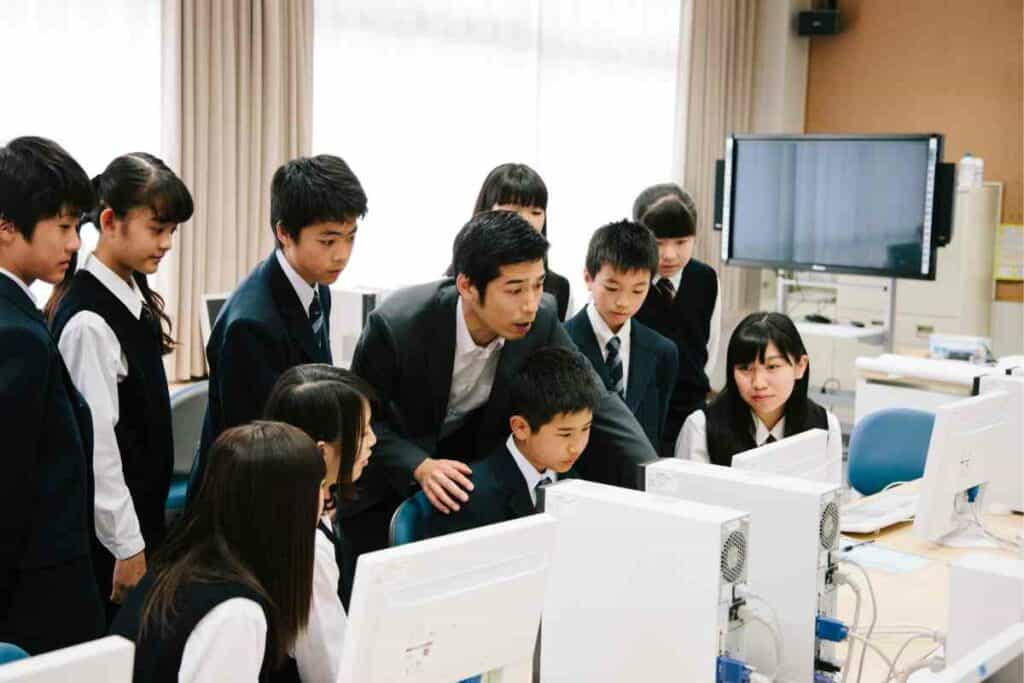
The more prone to disaster an area is, the more frequent, it seems, that they carry out evacuation drills.
Some are more frequent than others, but all are obliged to at least hold an annual event.
For Example – The staff at Motoshiro Elementary school, in Toyota City, carries out annual drills. Pupils explore maps of possible evacuation routes and then drill them, taking a high-visibility poncho or umbrella in case of bad weather.
Reaching higher ground is the ultimate goal for survival, and one evacuation point for this school is the roof of a mall close by.
Working in collaboration with a local university, this school uses GPS to time each drill and subsequently improve their timings.
Even if infrequent in comparison to other places, no matter where you are, safety is taken very seriously.
An Earthquake in a Classroom or School Yard
Should an earthquake occur while in a classroom, generally, children are taught the same thing.
They are trained to get beneath their tables, hold onto the legs, and remain there until the tremor ceases.
This of course depends on the scale of the quake and in some cases evacuation procedures are followed.
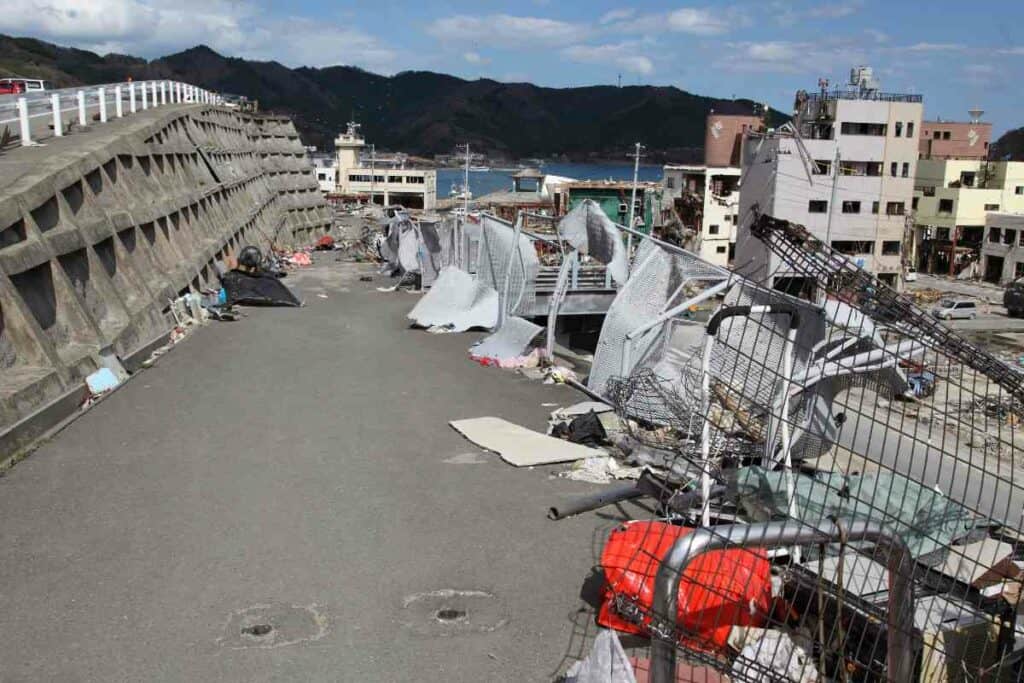
In the event that an earthquake takes place while the children are in the play area, outside: they are taught to gather in the middle, away from the building to prevent them from being in danger of falling debris.
Many schools will even have evacuation packs for children to collect, including high visibility clothing and a hard hat.
Schools in Tokyo
In the capital city of Japan, an annual meeting is held in which information is provided on local evacuation safety, hazard hotspots, and how and where parents can collect children in a real-life emergency.
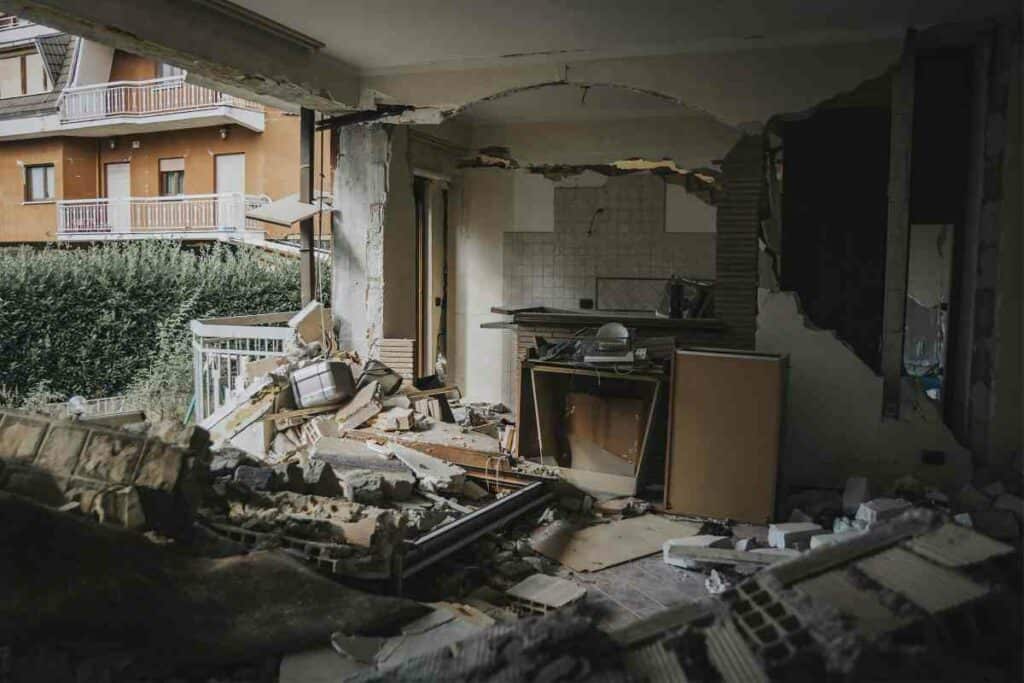
Should an earthquake occur, all public transport stops, and so the schools take responsibility for the children until they are collected.
Children are shown slides which include information from historical disasters as examples of what may happen and what not to do in order to stay safe.
Safety Experience Facilities
Another common occurrence in Japan, is taking school trips to Disaster Prevention Centers where they can experience what might happen in various disastrous scenarios.
Centers are built, which simulate real earthquake activity, typhoons, flooding, and such. Some are so advanced that they will demonstrate how water pressure can prevent doors from opening.
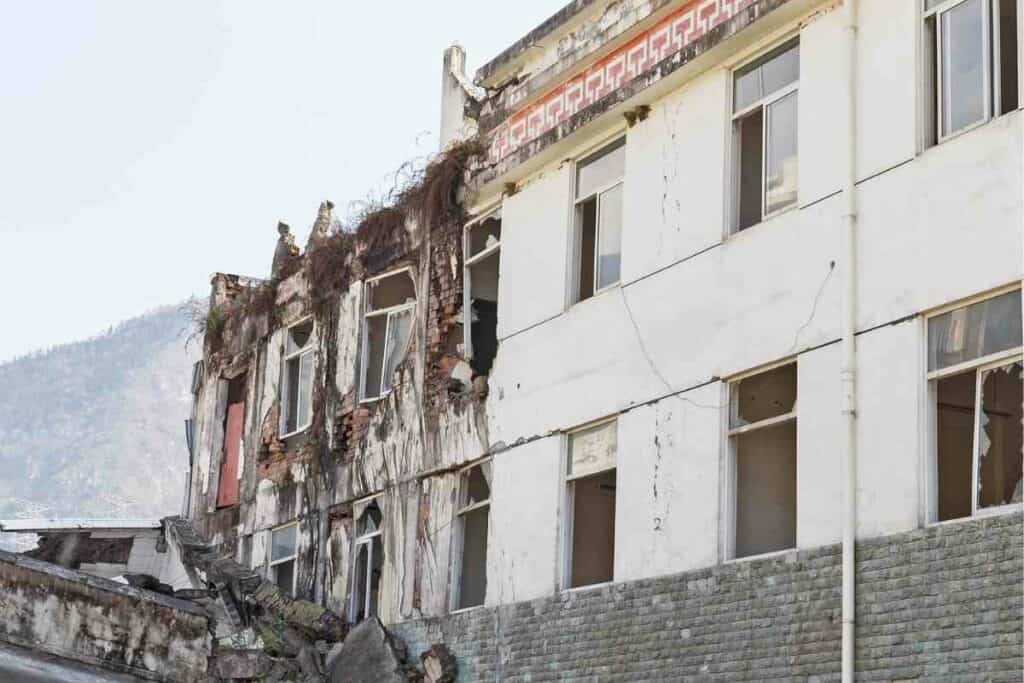
These facilities are open to the public, and schools, families, day centers, and other establishments are actively encouraged to visit them.
One such place is the Honjo Life Safety Learning facility which is part of the Tokyo Fire Department.
Particularly popular, this establishment provides fire safety training simulating real fires and training with firefighting equipment like extinguishers.
There is also a tour in Tokyo, which involves an earthquake simulation and which trains visitors to survive the first seventy-two hours.
Fun and Games
Many Japanese safety education establishments combine both fun and disaster, creating games and fun activities which train people in survival skills.
Along with this, there is also a culture of creating fun cartoons, anime graphics, and children’s games that do the same thing.
The package includes 3600 Calorie Food Bars, 24 Water Pouches, 20 Water Purification Tablets, and a full hygiene kit, all with extended shelf lives and recently packaged.
Artist Hirosh Fuji established what is known as ‘Iza! Kaeru Caravan’ (Crisis Frog Caravan) – in 2005 – an annual event, backed by companies nationally.
Games are created to improve problem solving skills, which are vital for survival in natural disasters.
Publisher, Adarna House, even published a disaster training activity book called ‘Handa Ako’.
‘Little Panda Earthquake Safety’ is just one example of a smartphone app which turns safety training into a fun activity.
Evacuation Survival Packs
So large is the survival culture in Japan, that Amazon even sell evacuation survival kits, packs, and suitcases.
Many of these survival packs can be very expensive and can even include three days’ worth of supplies.
This package provides 14400 Calories of emergency food, 24 Water Pouches, 2 Hydration Bags, 20 Water Purification Tablets, and a 2.5 Gallon Water Carrier, among other items.
Many Japanese families have these types of packs, at the ready, in their homes.
They will include first aid supplies, food, water, and anything else deemed to be useful, like torches and protective clothing.
Final Thoughts
Learning about evacuation safety is ubiquitous in Japanese schools and now, online.
Government regulations in Japan, enforce annual safety meetings, regular evacuation drills and the constant updating of disaster-related information.
There is one particular set of phrases that mostly all Japanese people know: ‘No running; no pushing, no speaking, and never go back’.
Phrasing varies, from place-to-place, but the sentiment remains the same.
Look out for number one and run for your life. Some even include ‘stay away’ or ‘don’t go near’, in relation to specific disaster hotspots.
- Japanese Wedding Traditions (Venue, Dress & Food)
- Kintsugi: Perfectly Imperfect Ceramic Art (with 8 Examples)
- 5 Best Japanese Makeup Brushes for a Flawless Finish
- Maiko Vs Geisha Compared: What Are the Differences?
- Japanese String Instruments (9 Famous Ones)
- Best Onsen Destinations In Japan (10 Top Locations)

